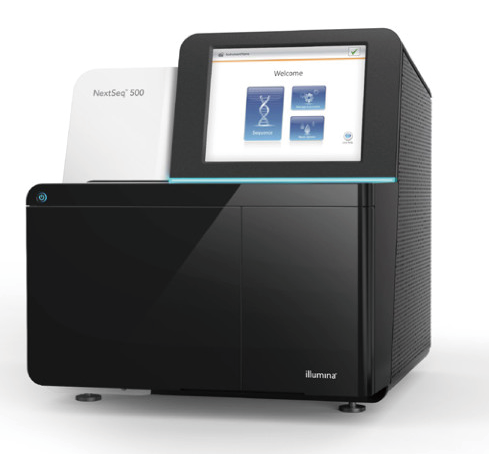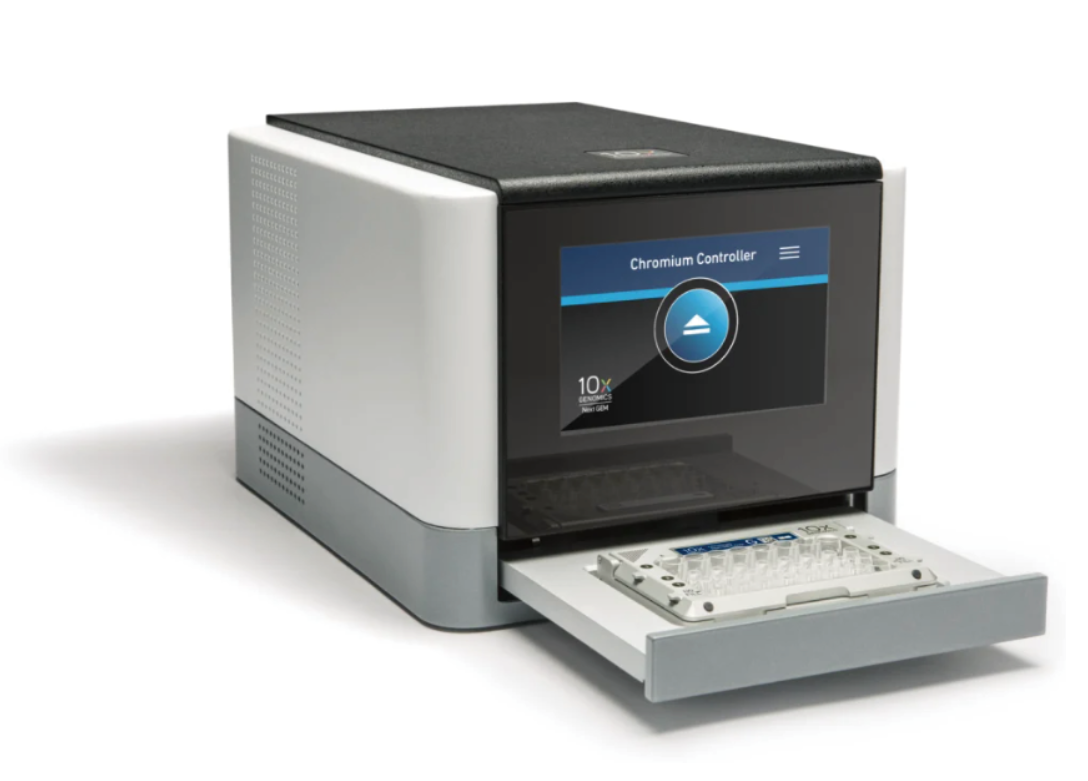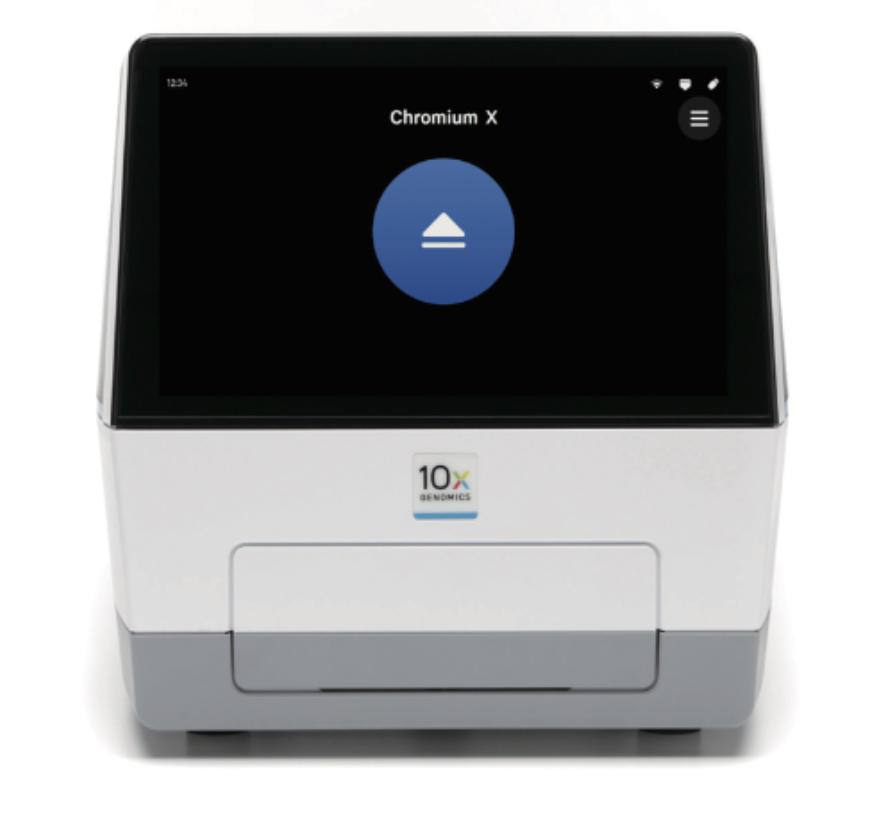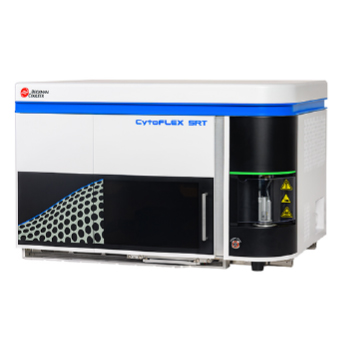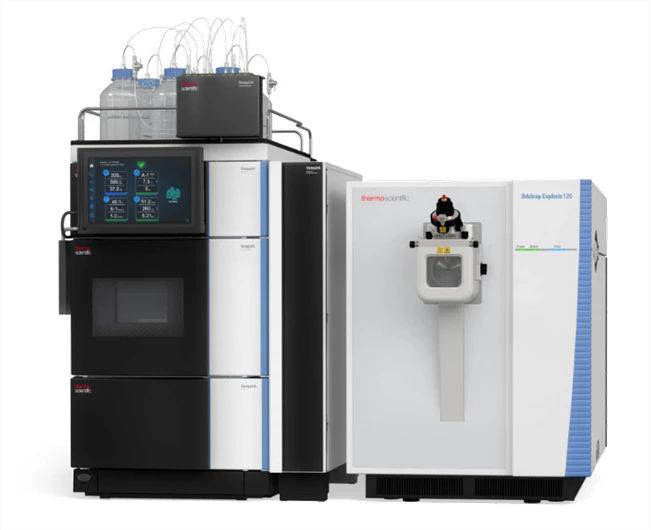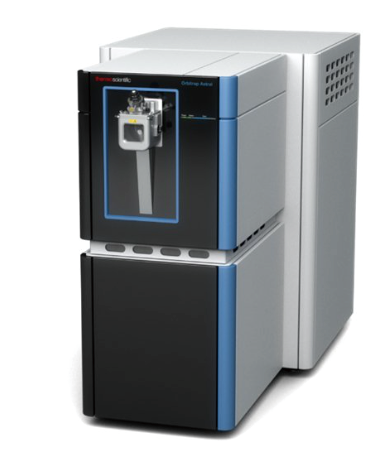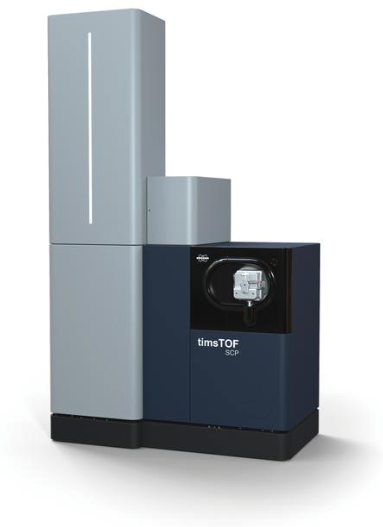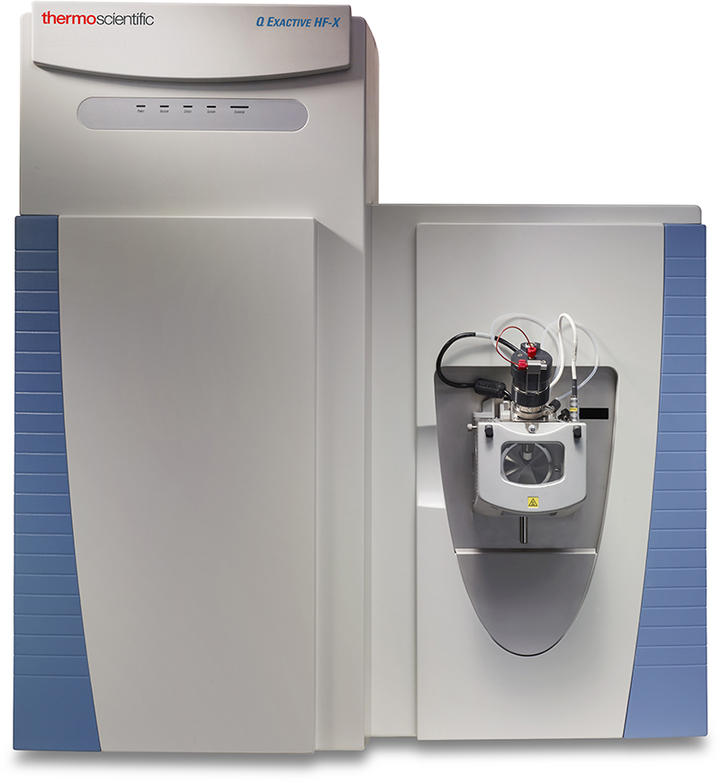Abstract
Ferrous salts have been widely used to enhance phosphorus removal
in full-scale wastewater treatment plants, with an average dosage of
0.24-0.35 mM. However, such high dosage inevitably caused serious
concerns on operation, potential biological toxicity and excessive
sludge production. Thus, this study investigated the effect of
micro-dosing of ferrous salt at the level of 0.02 mM on enhanced
biological phosphorus removal (EBPR) in sequencing batch reactors.
Results showed that micro-dosing of ferrous salt enhanced the overall
performance, with average COD, TN and TP removal of more than 4.2%, 2.0%
and 5.8%, respectively. In addition, the sequencing analysis further
revealed that micro-ferrous dosing could significantly improve the
diversity and richness of the microbial community (p < 0.05), whereas
the regular dosing of ferrous salts (0.25 mM) negatively impacted on
the EBPR performance. It was found that the abundances of phosphorus
accumulating organisms (PAOs) in R2 (micro-dosing) were nearly 1.5-fold
and 2-fold higher than those in R1 (control) and R3 (regular dosing).
The contributions of biological and chemical pathways towards the
observed phosphorus removal were also determined according to the
phosphorus releasing rate. For micro-dosage and regular dosage of
ferrous salts, phosphorus removal mainly relied on biological phosphorus
removal and chemical phosphorus removal, respectively. It appears from
this this study that the micro-ferrous dosing strategy is practically
feasible and economically viable for enhanced phosphorus removal from
municipal wastewater.
Text link:
https://www.sciencedirect.com/science/article/pii/S0048969719354464






